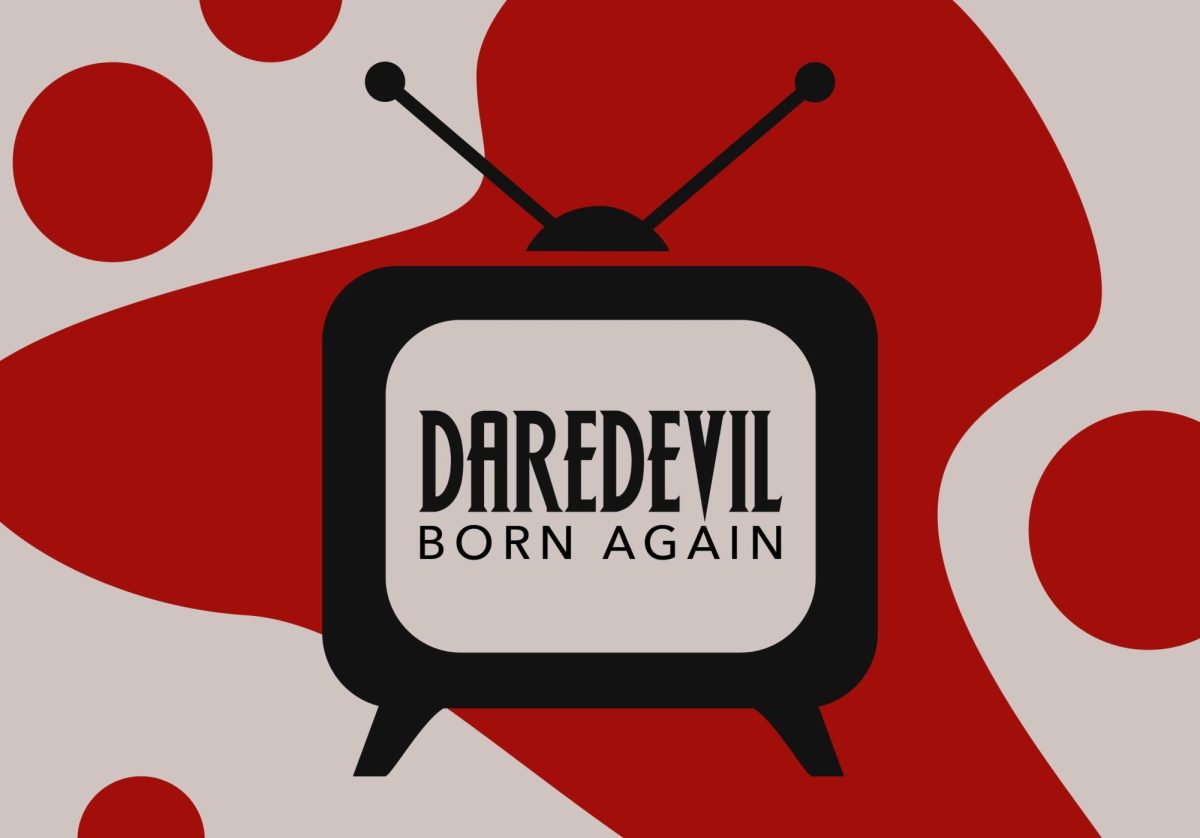Over 40 years since the first Indiana Jones film was released comes the fifth installment in the hit franchise, “Indiana Jones and the Dial of Destiny.”
Starring Harrison Ford, 80, in the titular role once again, “Dial of Destiny” is a well-directed action-adventure film that, despite being a bit too long and having some questionable plot points, turns out to be an exciting summer blockbuster.
“Dial of Destiny” comes 15 years after the theatrical run of the series’ fourth film “Indiana Jones and the Kingdom of the Crystal Skull,” which was met with lukewarm reception from fans and critics alike, causing audiences to question whether Paramount Pictures should have moved ahead in 2008 with the franchise so many years after 1989’s beloved “Indiana Jones and the Last Crusade.”
The three Indiana Jones films made in the 1980s, along with its 2000s revival “Crystal Skull,” were all directed by Steven Spielberg, one of the most critically acclaimed directors in film history.
The fifth film in the saga, however, saw Spielberg’s directorial absence for the first time ever in the history of the franchise. Filling in Spielberg’s shoes is director James Mangold, a filmmaker who has been working professionally since the 1990s and has made a name for himself in recent years with films such as “Logan” from 2017 –– a dark, R-rated film centering on Wolverine of the X-Men franchise –– as well as the Academy Award-winning biographical drama “Ford v. Ferrari” from 2019.
The 2023 film tells the story of Jones’ journey to retrieving a dial, made by ancient Greek mathematician and scientist Archimedes, that is hypothesized to be a conduit for time travel. Because of the potential great power to be obtained with the dial, former Nazi scientist Jürgen Voller, portrayed by Mads Mikkelsen, is competing with Jones for possession of the storied dial.
The film opens in a flashback scene taking place towards the very end of World War II. The flashback serves as the film’s exposition by introducing Archimedes’ Dial, the “MacGuffin” of the film, along with supporting characters including Jones’ archaeologist partner Basil Shaw and the film’s antagonist played by Mikkelsen.
The bulk of the film takes place in 1969, two decades after the end of World War II, so the filmmakers decided to use the still-developing de-aging visual effects on Harrison Ford’s face in flashback scenes. A filmmaking tool that is still early on its implementation and development, the “younger” Ford looks (and sounds) far from perfect in the beginning of “Dial of Destiny,” with his face looking visibly altered (at times just inching into the territory of the uncanny valley, but not egregiously so).
Another problem with the de-aging in “Dial of Destiny” is the fact that Ford’s voice sounds exactly like the gravelly voice he has when he is depicted as a seasoned older man with graying hair later in the film, a far cry from his tone from the 1980s films.
It makes sense why the filmmakers decided to utilize the de-aging process in the context of the story that was planned for the fifth Indiana Jones film. However, it would have been much more tasteful to do without it all together.
The audience does not need to be spoon-fed Nazi imagery and a fake World War II-era Indiana Jones in order to make the story compelling. They could have found a different way to incorporate this backstory into the film or change the plot accordingly.
After the flashback portion of the film, we see the fire reignite in Ford’s character as he gets back into action, some of which is ridiculous, –– such as a scene in which Indiana Jones is seen riding horseback on the tracks of a New York City subway towards an oncoming train –– but it is all in good fun
Ford, in his late 70s during the production of the film, still does a great job as Indiana Jones, bringing the similar energy, determination and humor that his character is known for in the earlier films. Being an action star of this caliber while approaching the age of 80 is impressive.
Assisting Indiana Jones in his adventure is his goddaughter, played by “Fleabag” star Phoebe Waller-Bridge. Waller-Bridge serves as an intelligent and witty counterpart to the aging Indiana Jones, bringing back some of the grit and ambition that made the character of Marion (the mother of Waller-Bridge’s character) so remarkable in the first film.
In their pursuit of the “Dial of Destiny,” Ford and Waller-Bridge are entertaining on screen together throughout several action sequences around the world. Proving to be a somewhat meandering adventure, the film’s runtime of over two-and-a-half hours definitely could have been shortened.
When it comes to the actual power of the titular dial itself, it results in a plot progression involving time travel towards the end of the film that is sure to be divisive among fans of the franchise, but is incredibly ambitious nonetheless.
“Dial of Destiny” may not be an addition to the Indiana Jones franchise that was needed by any means, but it is an impressive accomplishment when considering the franchise’s change of director and Ford’s starpower and charisma, still as strong as ever at 80 years old.








